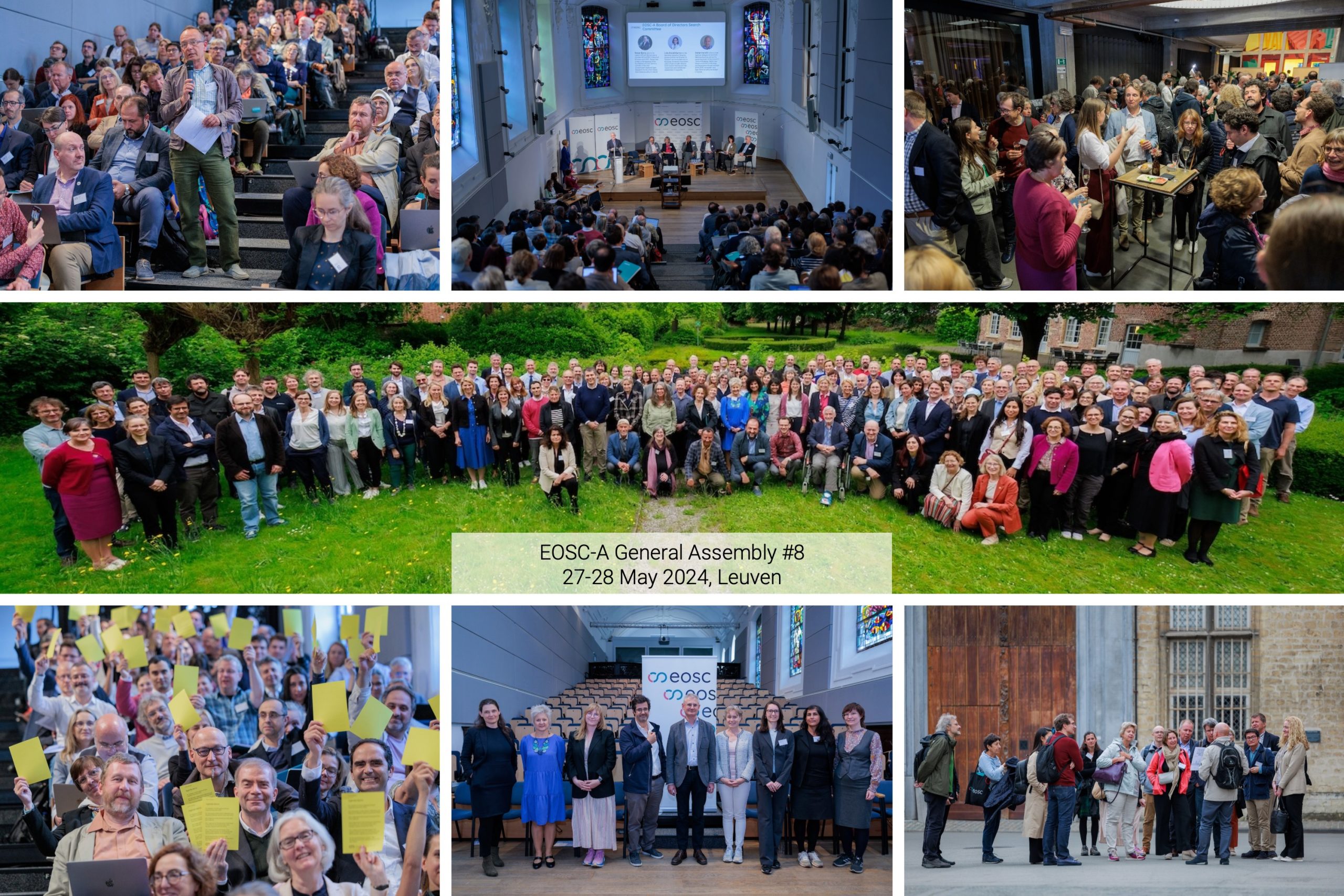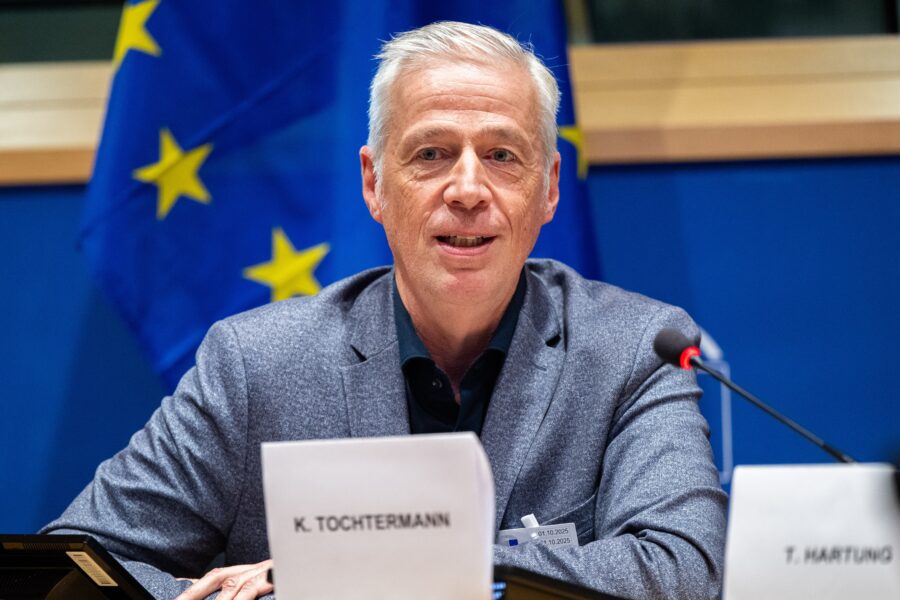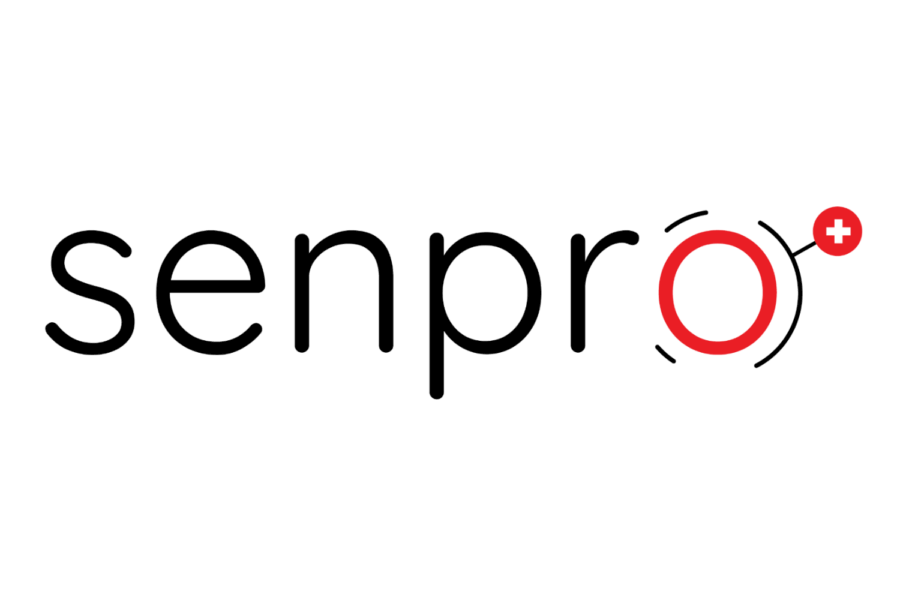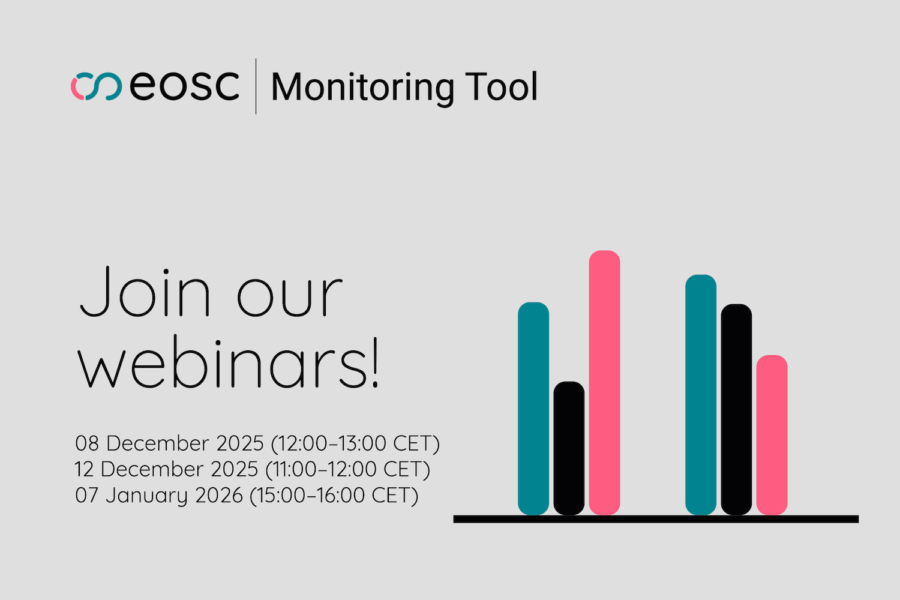LEUVEN — The EOSC Association’s 8th General Assembly was held on Monday and Tuesday, 27-28 May, at the Irish College Leuven, where almost 180 member delegates, observer representatives, provisional members and guests were welcomed by the EOSC-A Board of Directors and Secretariat.
The Association’s annual face-to-face gathering took place in a context of rapid developments within the Horizon Europe (HE) co-programmed Partnership for EOSC. Discussions concerning the establishment of the EOSC Federation and the EOSC Nodes, in tandem with those on the future governance of EOSC post-2027, stood at the heart of the agenda.
EOSC-A President Karel Luyben opened day 1 of the meeting, which was split between the approval of statutory voting items, a review of EOSC-A’s activities since the November 2023 GA #7, and informational presentations dedicated to the issues that will occupy the Association’s attention through the second half of 2024. Day 2 of the meeting was dedicated to a presentation of the status of the European Commission’s deployment of the EOSC EU Node — a reference node procured by DG CNECT to establish the basic node structure for EOSC — and interactive discussion sessions on the EOSC Federation and the EOSC Nodes.
“The meeting has done the essential work of moving the discussion of the EOSC Federation, the EOSC Nodes and the future governance of EOSC further toward a common understanding within the EOSC Association,” said Luyben. “By continuing to inform the EOSC-A membership on swiftly moving developments, by meeting face to face and hearing the variety of concerns and contributing ideas and opinions of its Members, the Association has strengthened its position as the authentic voice of the research community within the Partnership.”
New Members and Observers
EOSC-A Director Ignacio Blanquer presided over the admission of new EOSC-A Members and Observers, all 10 of which were accepted unanimously by the delegates. Demonstrating the wide range of EOSC stakeholders, the new Members and Observers include two organisations from the UK, a European Research Infrastructure Consortium (ERIC), a national funding organisation, three universities and other research-performing organisations, and a national e-Infrastructure consortium. You can read more about them here.
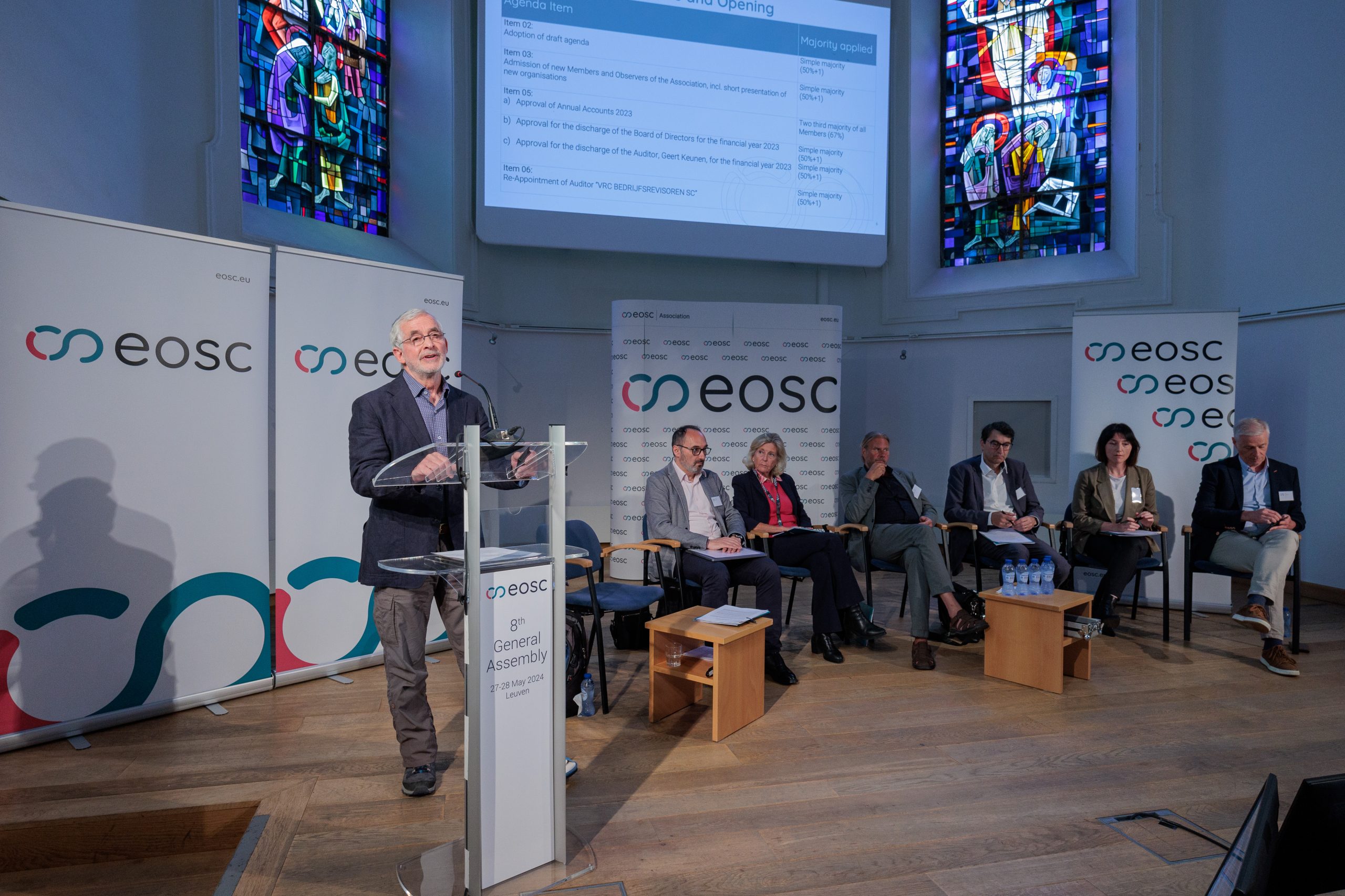

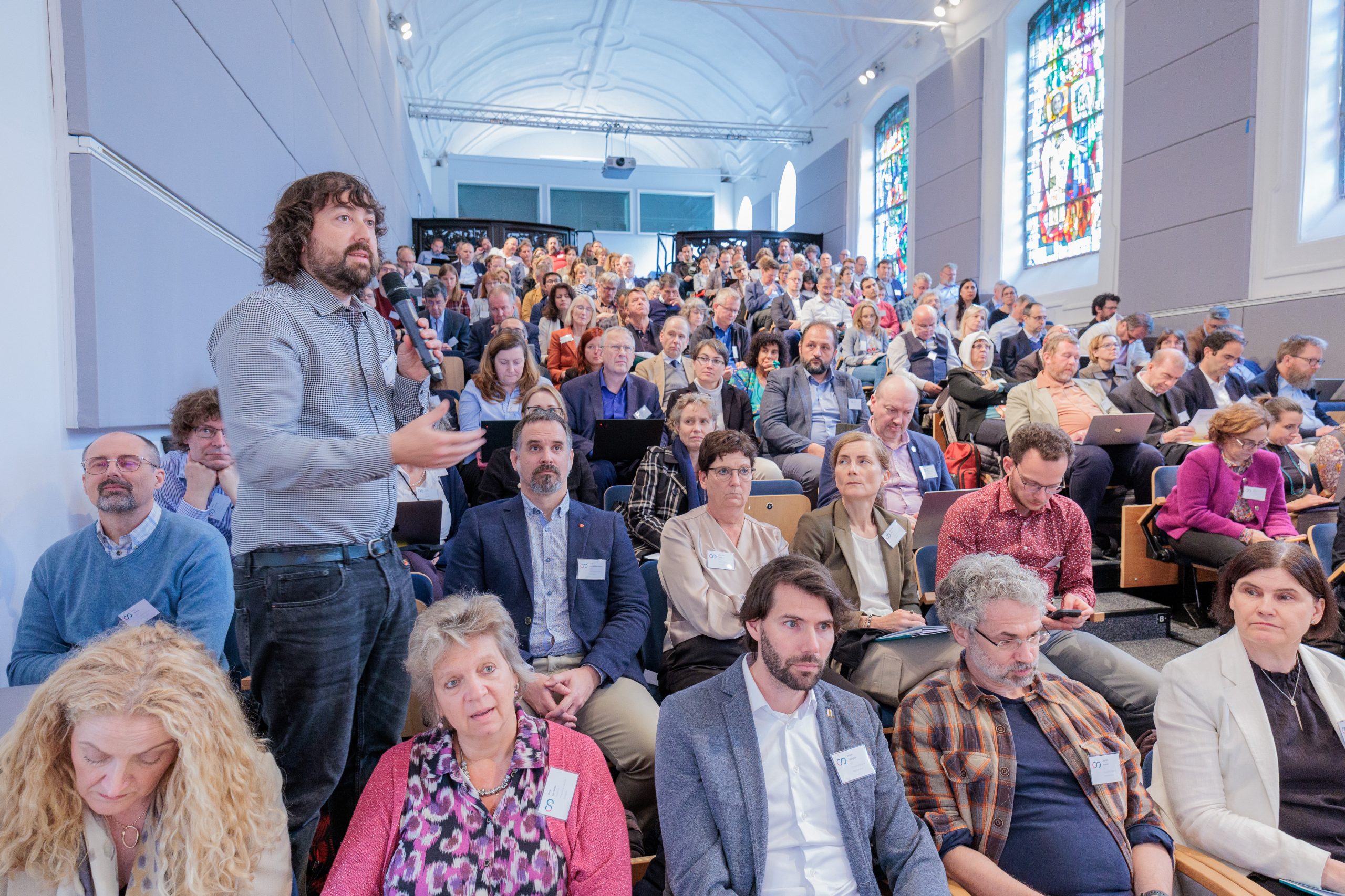
2024: The work so far
In a swift presentation with more than 40 slides, Luyben and EOSC-A Secretary General Ute Gunsenheimer took the participants through the Association’s extensive work with the Tripartite Collaboration within the EOSC Partnership, EOSC-A’s close collaboration with the HE INFRAEOSC projects, and the outcomes of the everyday work of the EOSC-A Secretariat and Board of Directors.
Luyben took the opportunity to introduce the meeting’s participants to the recently formed Tripartite Group, which will serve to advise the Partnership’s Tripartite Governance in its role as decision-makers concerning the governance of EOSC following the end of the EU’s Horizon Europe framework programme in 2027. In this context, the very important “5 Tasks” that underlie the future operational responsibilities related to sustaining EOSC, and which have recently been re-scoped on the recommendations of the Tripartite Group, were briefly described with the promise that the Day 2 sessions would provide more on how the 5 Tasks “run through” the decisions being weighed relative to the future of EOSC post-2027.
This was followed by brief updates on the work the Association has executed as coordinator of the EOSC Focus project, together with the other eight members of the consortium. This includes the planning for October’s EOSC Symposium 2024, the ongoing expansion of the EOSC Macro-Roadmap catalogue, the highly successful EOSC Winter School 2024 and last month’s publication of the event’s full report, the substantial reconfiguration of the EOSC-A Task Forces, and an introduction to the newly organised inter-project Opportunity Area Expert Groups. Each of these initiatives builds on EOSC-A’s two years of continuous initiatives to foster collaboration and alignment across the more than two dozen EOSC-related HE Projects.
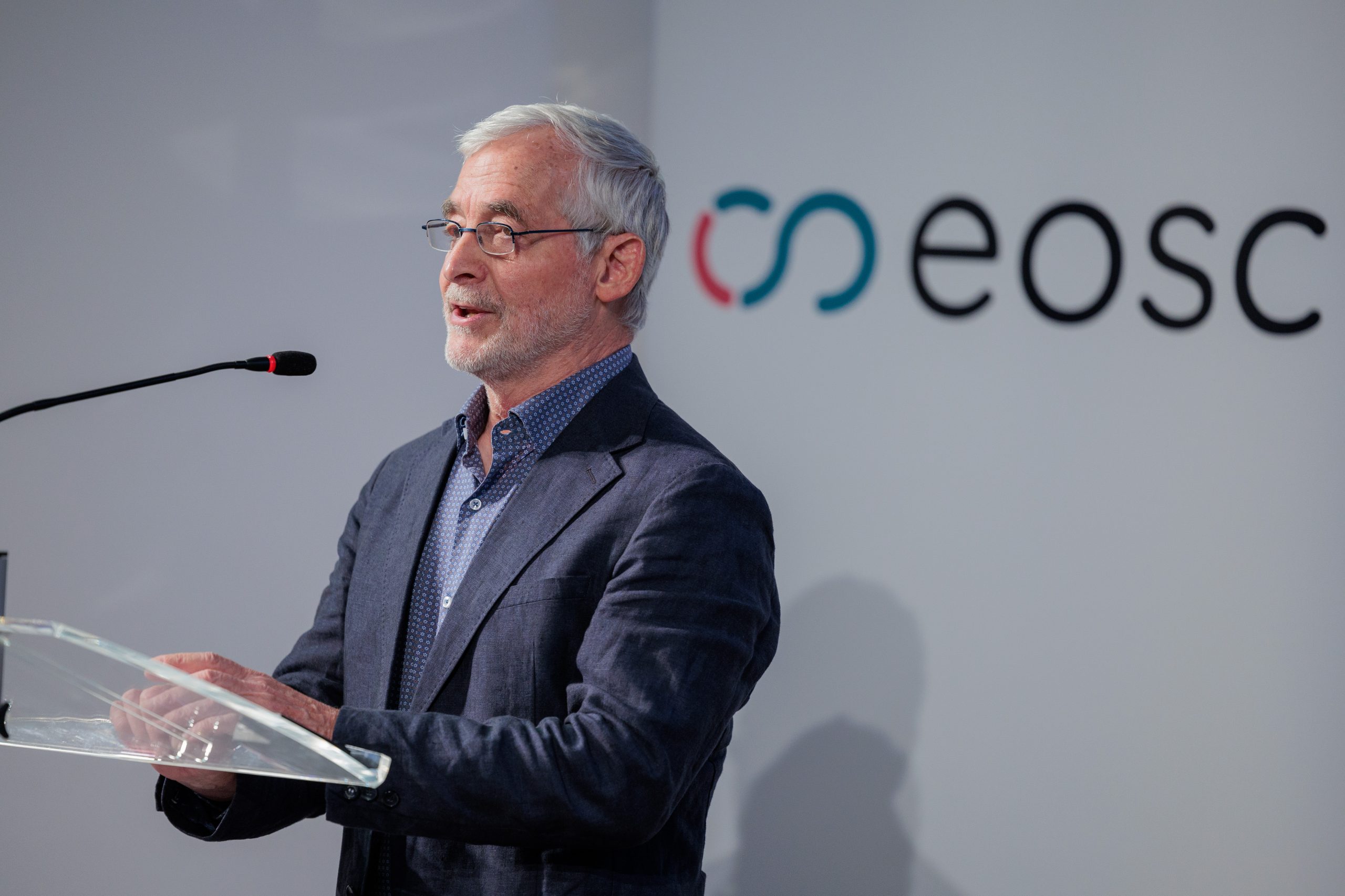
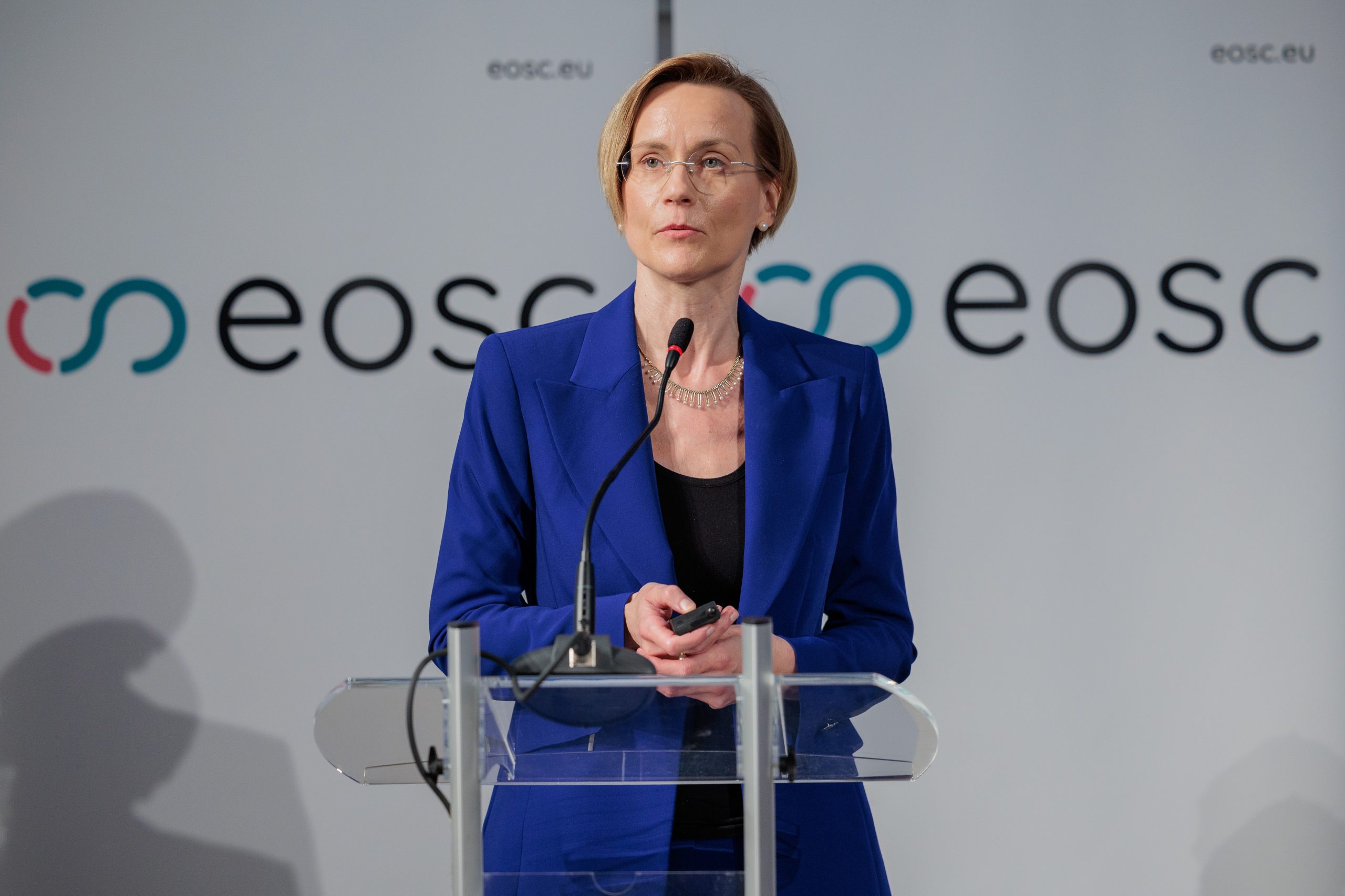
In that regard, EOSC-A has also submitted a proposal for the successor project to EOSC Focus, dubbed “EOSC Gravity”, as well as begun to assemble a consortium for a planned “EOSC United” project, which is proposed as a future engagement model for the EOSC Federation.
Of special note is the anticipated November 2024 election of four board positions, and the Association’s appointment of a three-person search committee to advise and help the current board to identify potential candidates best suited to fulfil the Association’s needs. This will include Ronan Byrne, former EOSC-A board member and CEO of HEAnet, Lidia Borrell-Damian, Secretary General of Science Europe, and Stefan Hanslik, Austrian delegate to the EOSC-Steering Board and the EuroHPC Joint Undertaking.
Finally, a major initiative of EOSC-A running throughout 2024 is to focus on engagement of discrete groups within the Association’s member base. Apart from the Mandated Organisations Forum and the ESFRI RI Working Group established in 2022, new fora have been launched this spring for e-Infrastructures, research-performing organisation intermediaries, such as university alliances and networks, and an EOSC Funders Group of 27 research-funding organisations across Europe.
A new SRIA, new Task Forces and prepping for Day 2
In April and May, EOSC-A ran a monthlong consultation on the draft outline of the planned overhaul of the EOSC Partnership’s Strategic Research and Innovation Agenda – SRIA 2.0 – and Luyben presented the results. An update on the next steps for the fall 2024 drafting of SRIA 2.0, with the intention to deliver a mature draft by the end of the year, was then followed by Director Blanquer’s update on the March/April call for new Task Force members and the ongoing breaking-in of the new Opportunity Area Expert Groups.
A total of 206 applicants from 22 countries applied to join the four new EOSC-A Task Forces. Most of these applicants have been accepted following a review by the EOSC-A Board, and kick-off meetings will be held in June.
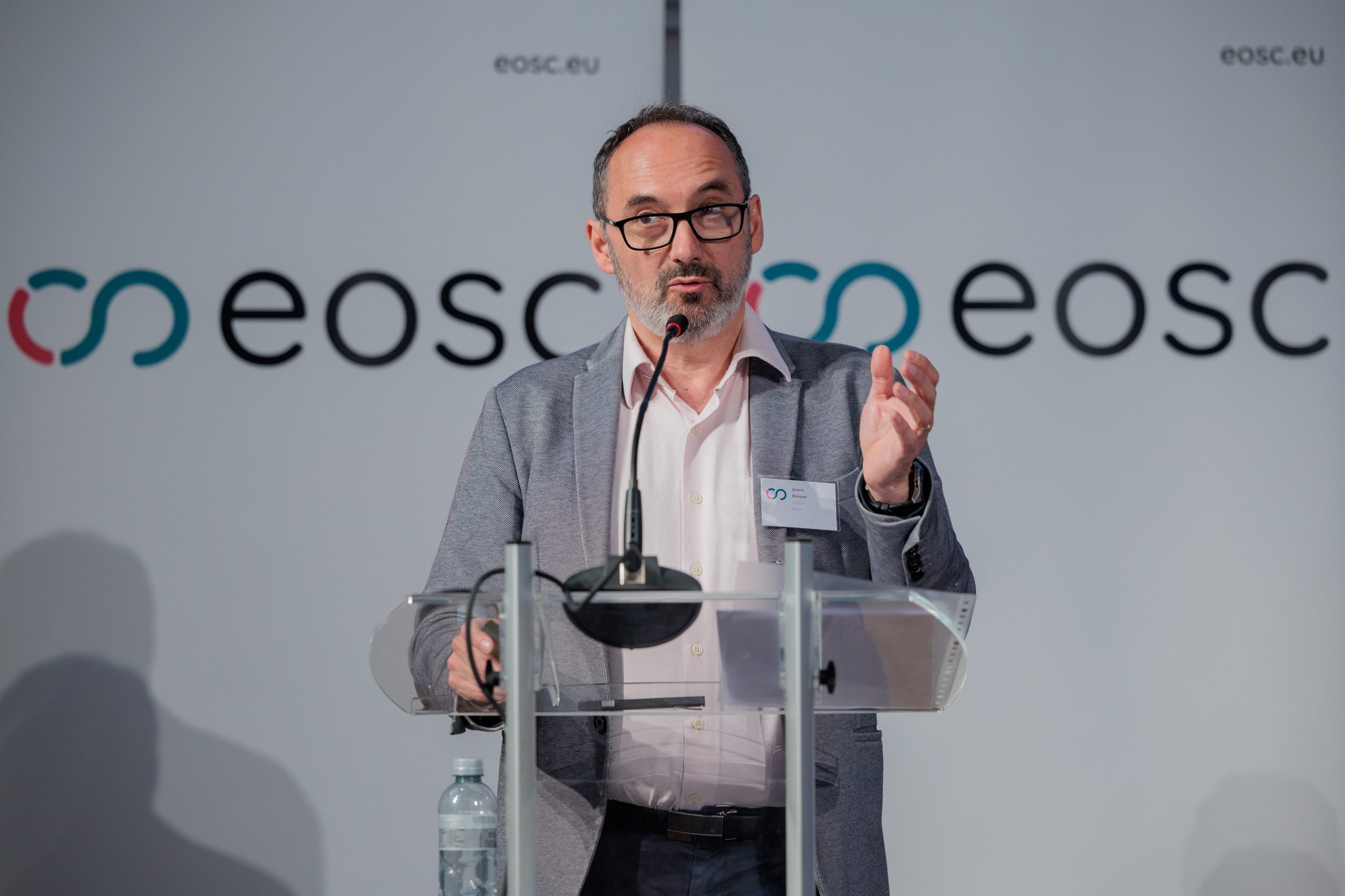
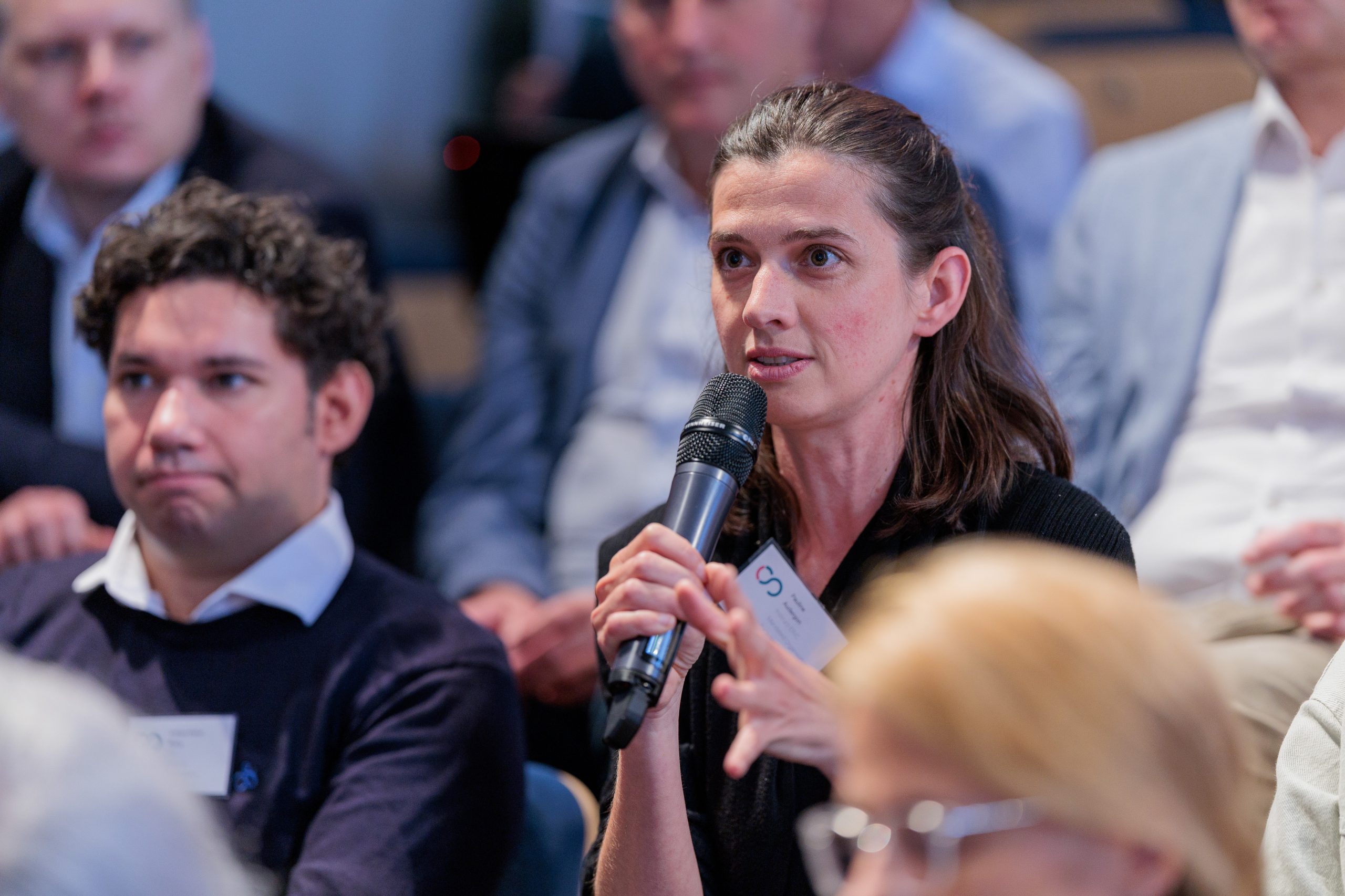
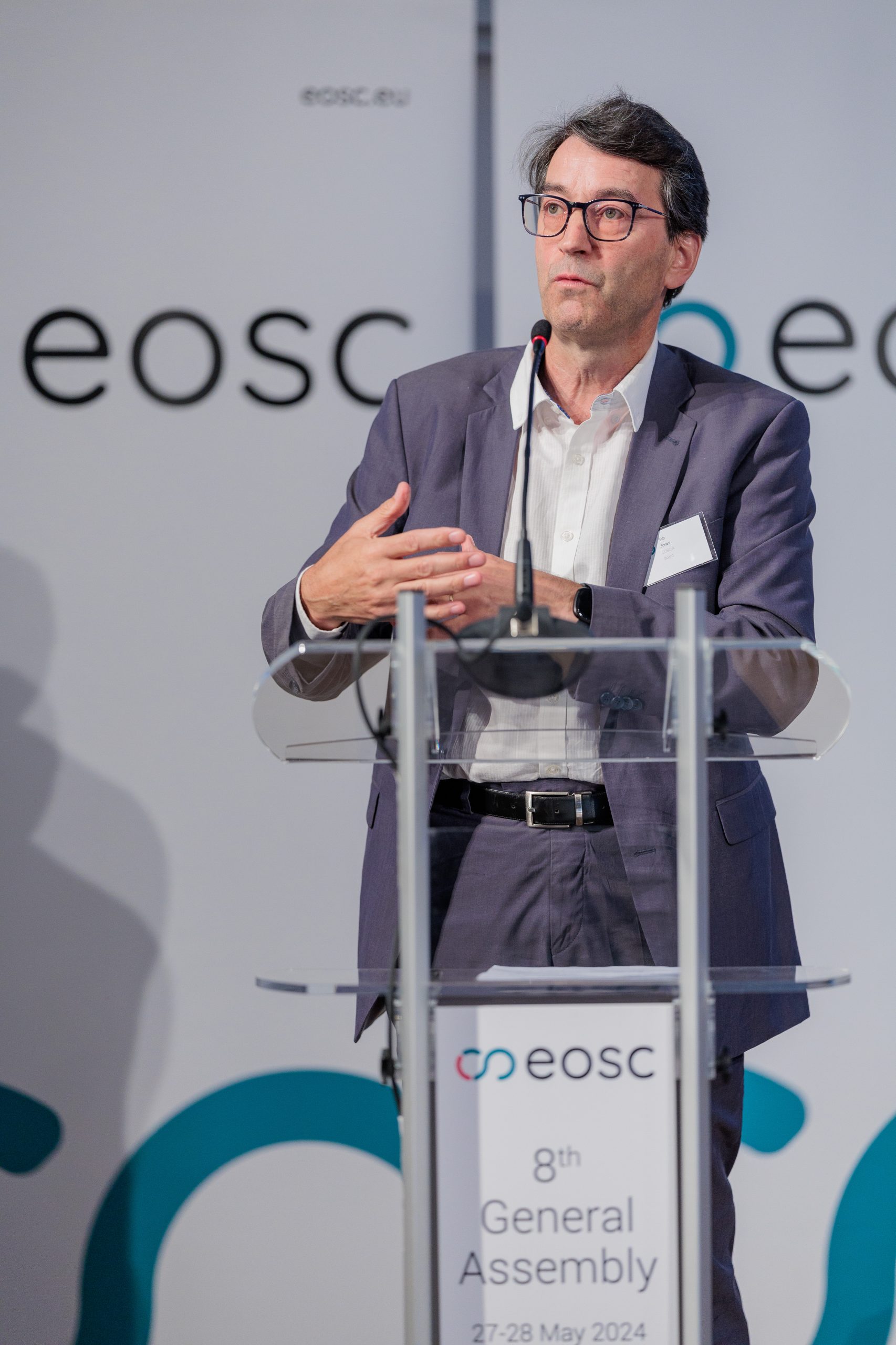
EOSC-A Director Bob Jones then gave an informational presentation on recent developments relative to the EOSC Federation and the Nodes concept underlying it. Substantial new progress has been made by the Partnership’s Tripartite Governance on organising the way forward for the EOSC Federation, including a working draft of the minimum requirements for EOSC Nodes, the aforementioned rescoping of the 5 Tasks, and the early work to coordinate a community effort to draft the EOSC Federation Handbook – a document that will comprehensively address the purpose, structure, governance, architecture and operations of the EOSC Federation.
In a summary statement regarding the development of EOSC over the next two years, Bob Jones predicted that 2024 would serve as a year of “paper-work” and 2025 as the year of technical deployment. Jones’s presentation was followed by an energetic Q&A session that served as prelude to the discussions that would dominate the interactive format planned for Day 2 of the General Assembly.
Understanding the requirements of an Institutionalised Partnership based on Article 185 TFEU

Finally, the day closed with a presentation by Octavi Quintana Trias, who was invited to introduce the EOSC-A general assembly to the ins and outs of an Article 185 (of the Treaty on the functioning of the European Union) Partnership, a governance and funding model recently put forward by the EOSC Association as a potentially good fit for the future governance of EOSC.
Quintana Trias is the Director of the Secretariat for PRIMA, the Partnership for research and innovation in the Mediterranean Area, which operates as an Article 185 public-public partnership. The Article 185 Partnership, he explained, provides for a governance and funding model anchored in a strong commitment at the national level, including recognition of in-kind contributions, while still maintaining European-level (EC) co-funding. Quintana Trias presented a matter-of-fact view of the national-level dedication required to overcome the sizeable obstacles to establishing such a Partnership, but also emphasised the uncommon level of self-determination that can be gained while preserving important links to essential European Commission resources.
The meeting then broke for a gracious reception hosted by KU Leuven, guided tours of the historic centre of the storied city, and a splendid and convivial dinner party in central Leuven.
Day 2: Breakouts on the Federation and Nodes
The second day of the meeting kicked-off with a presentation by Spiros Athanasiou of the Athena Research and Innovation Centre, an EOSC-A Member organisation from Greece. Athanasiou’s talk, delivered on behalf of the Open Science Agora Consortium that is executing Lot 1 of the DG CNECT procurement of the EOSC EU Node, served to introduce the EU Node’s characteristics and functions and to establish the current status of its deployment. According to Athanasiou, the EU Node will be operational by late September 2024.
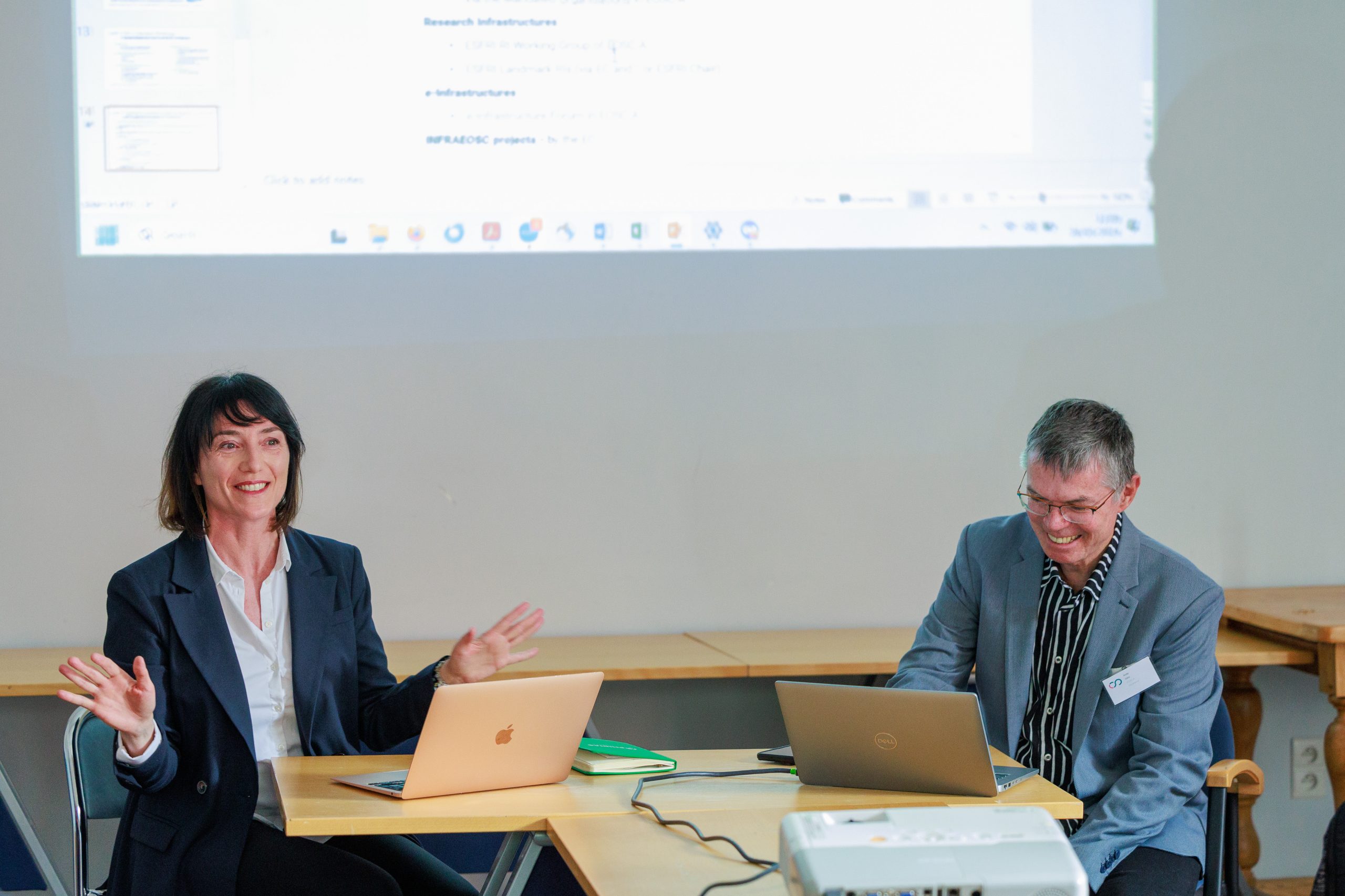
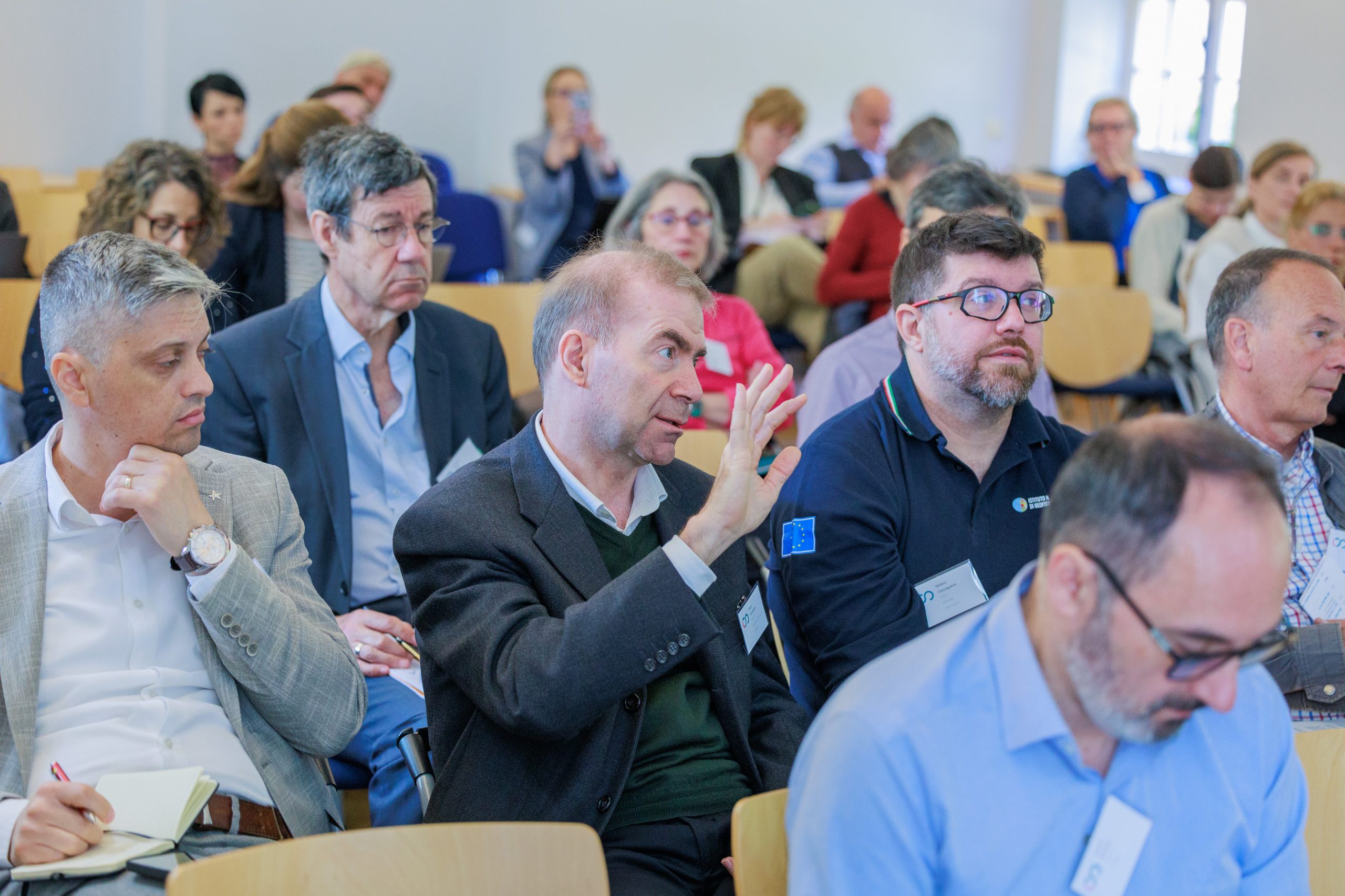
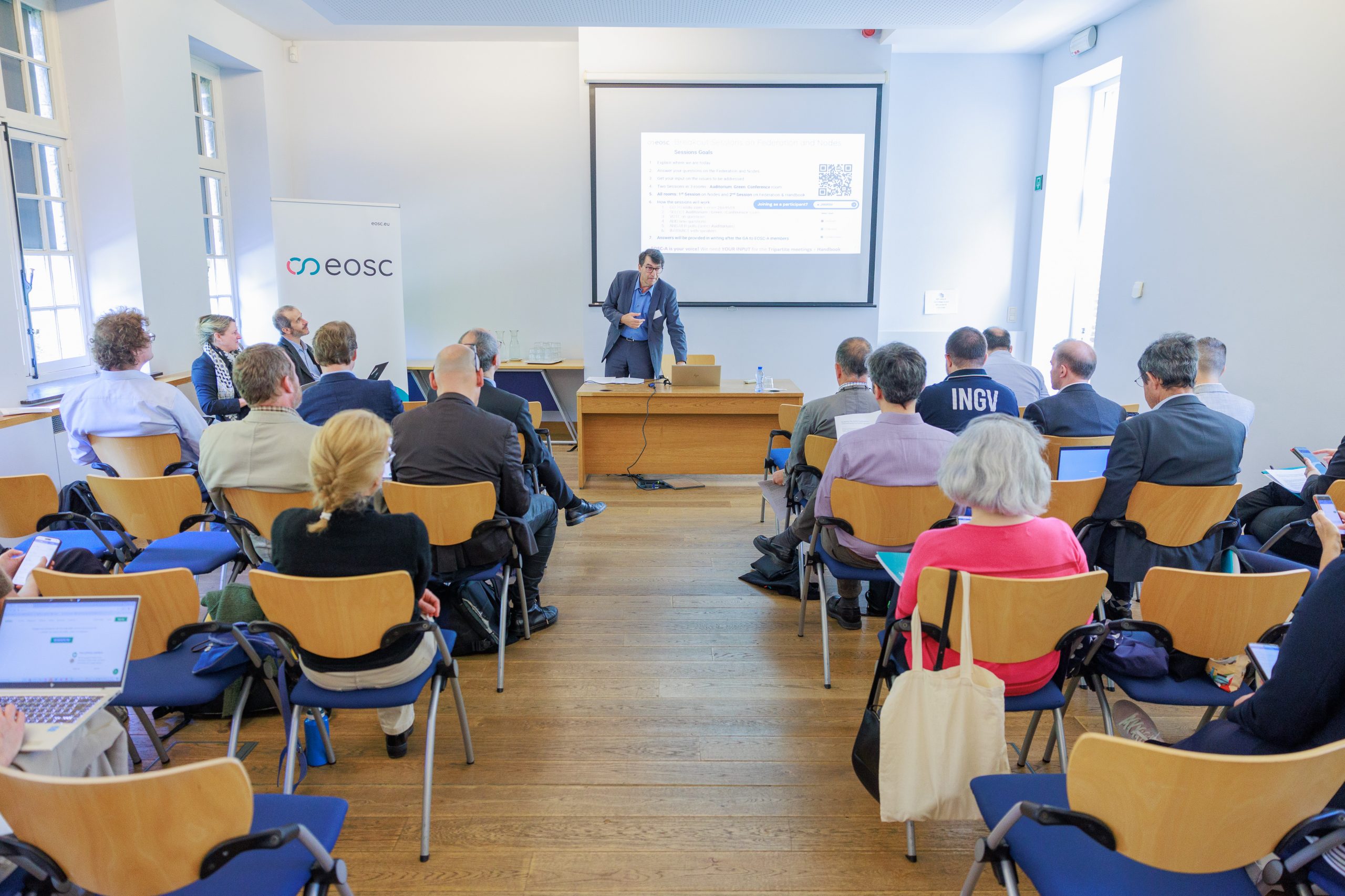
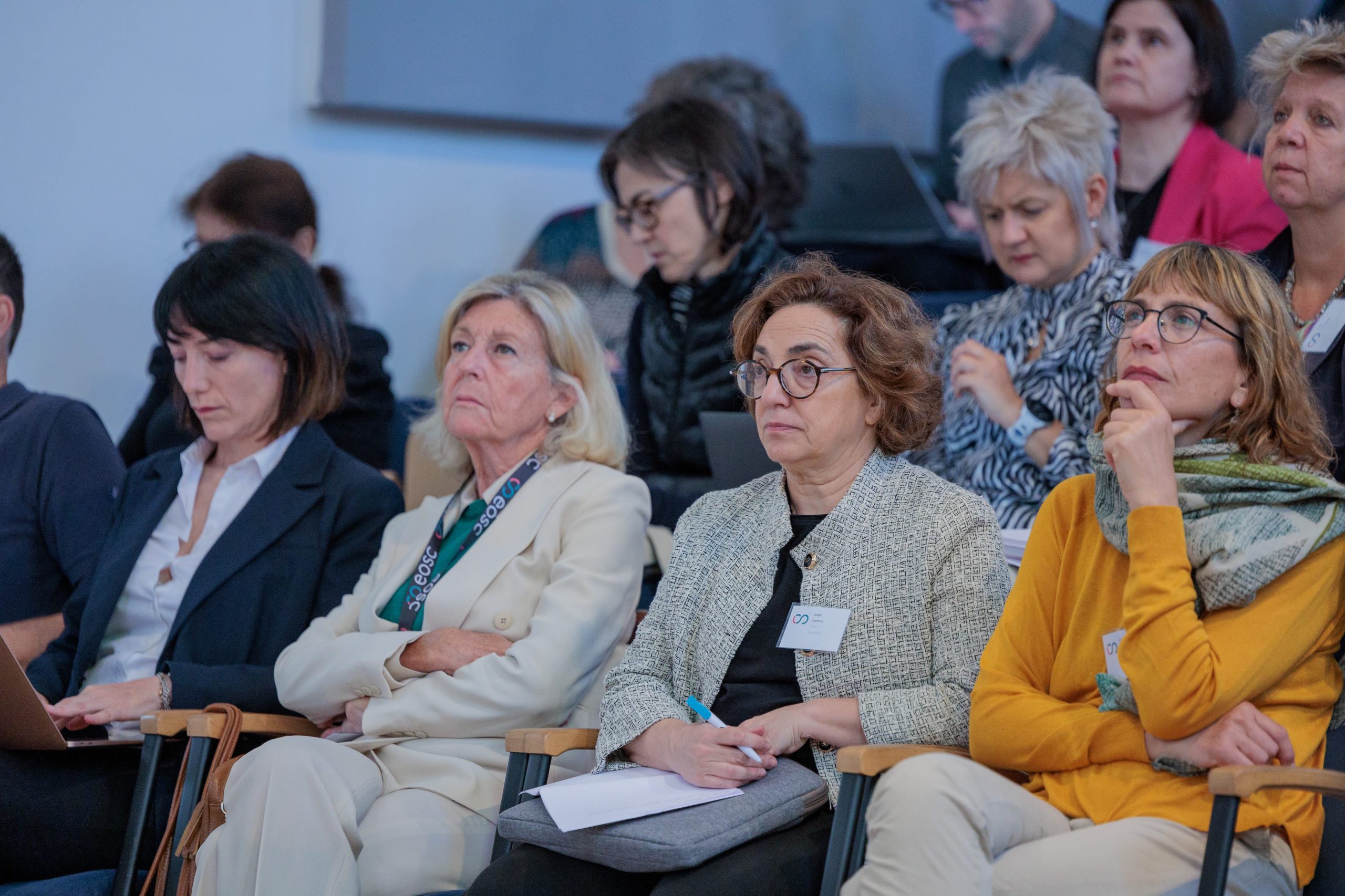
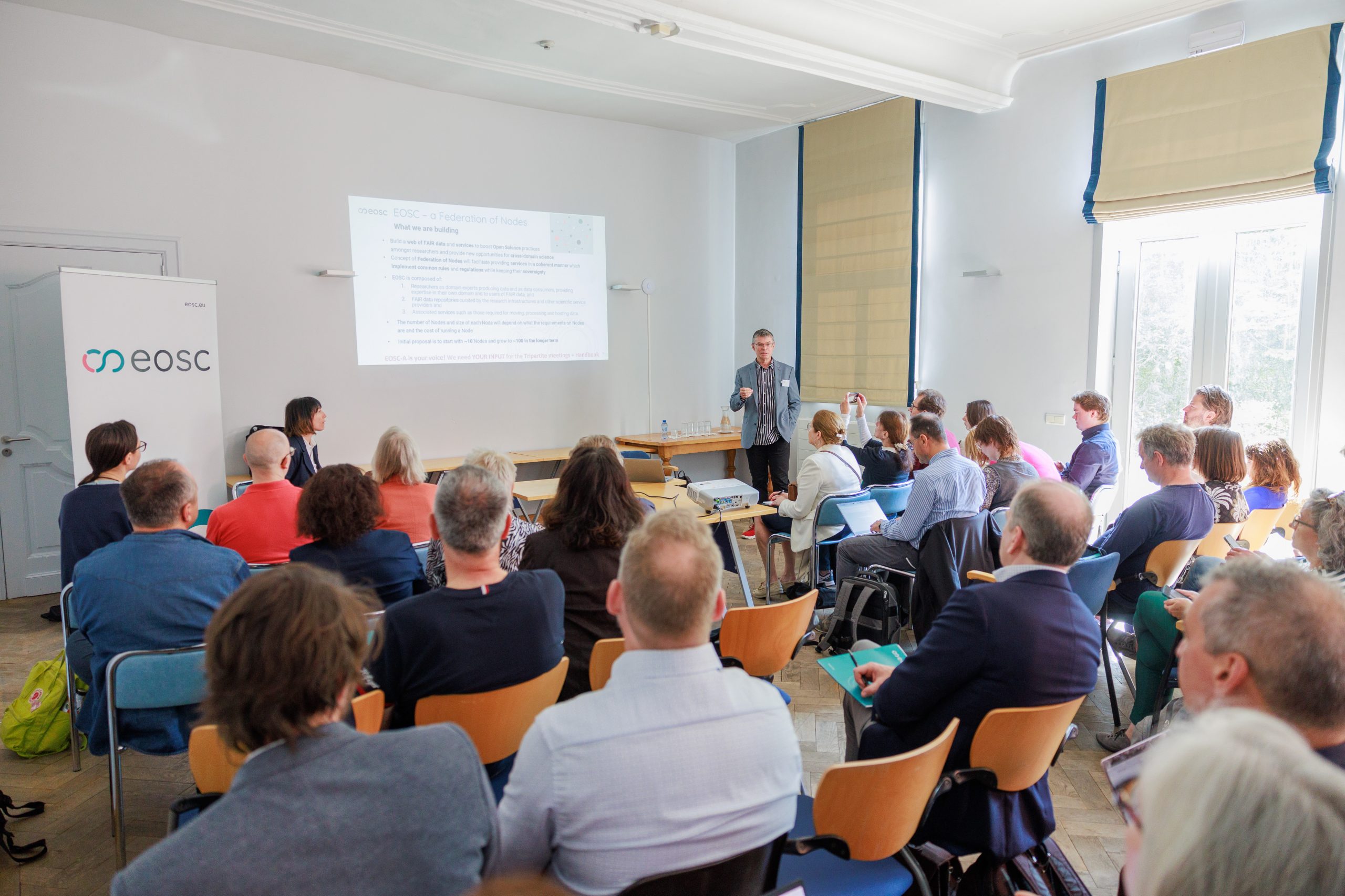

Breakout sessions, Day 2
On the heels of this informational update, Andy Götz, former head of Software Group at ESRF, coordinator of PaNOSC, and now supporting EOSC-A in the role of seconded Senior Scientific Officer, ran through the logistics of the two sequential parallel sessions on the EOSC Federation and the EOSC Nodes that would occupy the remainder of the meeting. The general assembly then broke out into three smaller groups for moderated interactive discussions on these two topics. The explicit purpose of these discussions was to gather input on the Association’s positions, as a member of the Tripartite Governance, on both of these developing concepts and the related actions planned in 2024.
The drivers of the EOSC Nodes discussions included the anticipated future call for organisations to serve as candidate nodes within the EOSC Federation; and the ongoing drafting process of the EOSC Nodes “minimum requirements”, which will be refined in dialogue with potential candidate nodes, and ultimately finalised by the Tripartite Governance.
Driving the EOSC Federation discussions was the burgeoning community effort to draft the EOSC Federation Handbook, which is being led by the EOSC Association on a mandate from the Tripartite. Moving on a schedule in parallel with the deployment of the EU Node, the Federation Handbook will be drafted during the summer and fall and subjected to a community consultation following the presentation of a mature draft at October’s EOSC Symposium in Berlin. The EOSC Federation Handbook will ultimately also be subject to final approval by the Tripartite.

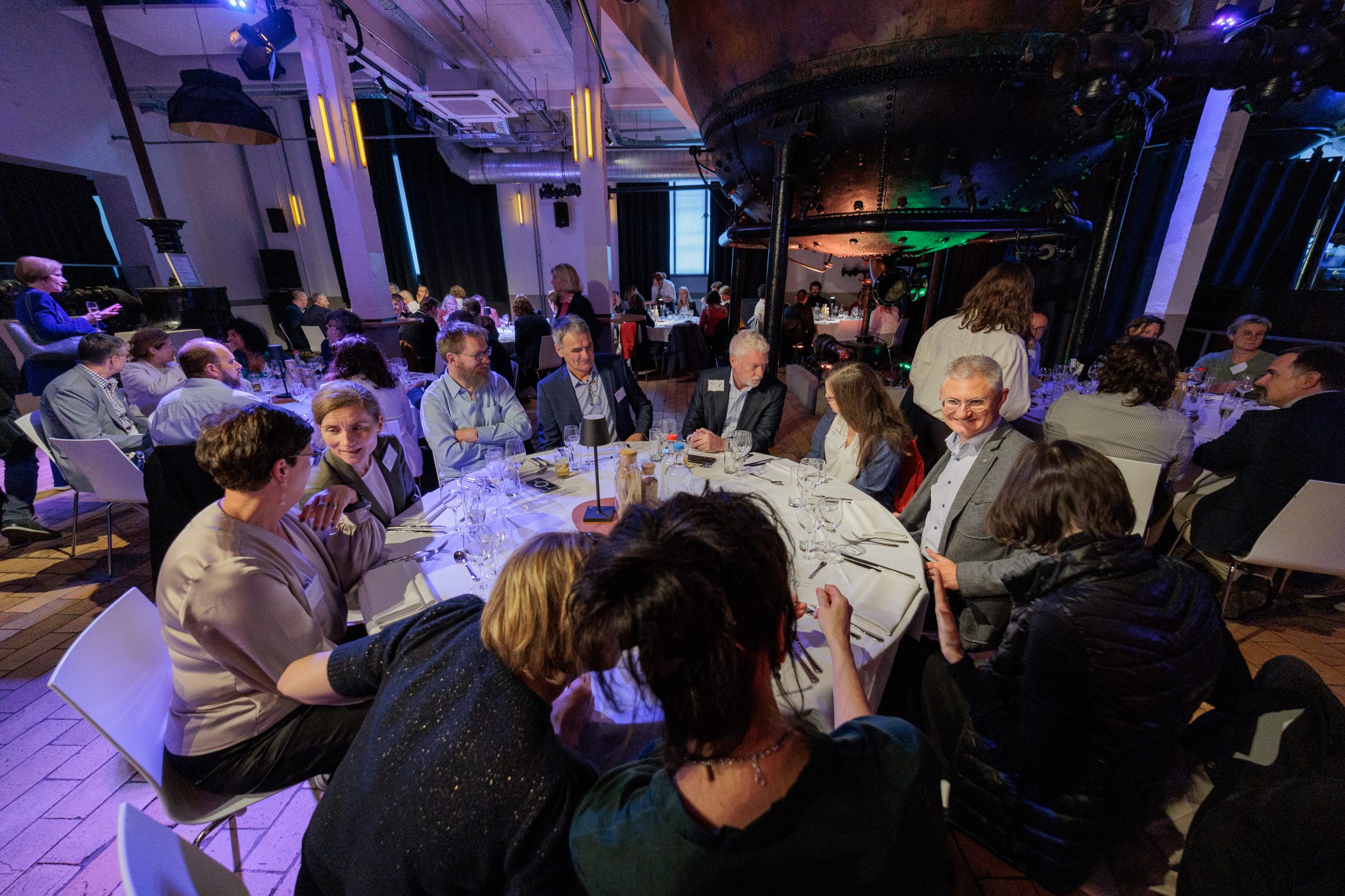
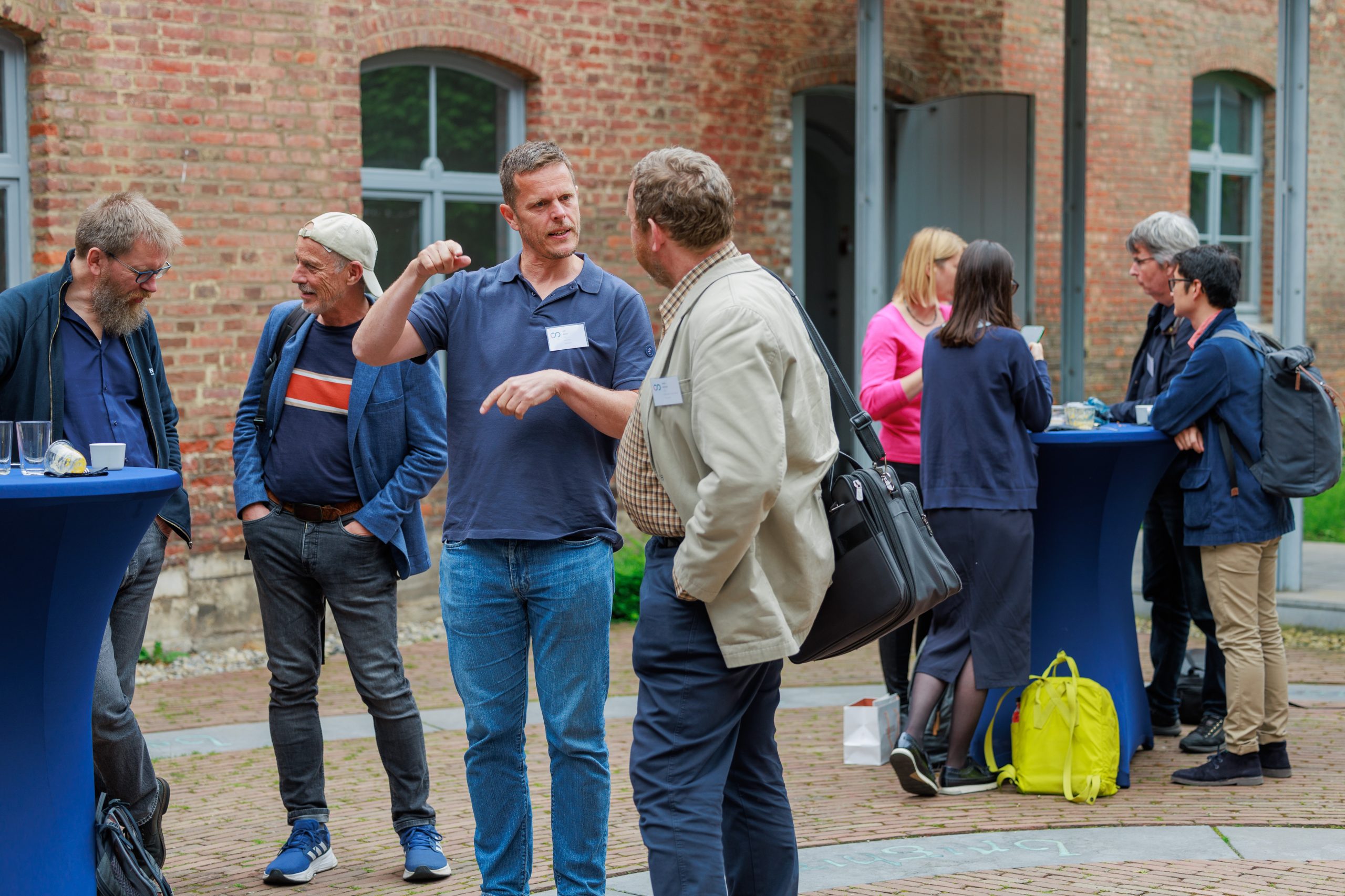


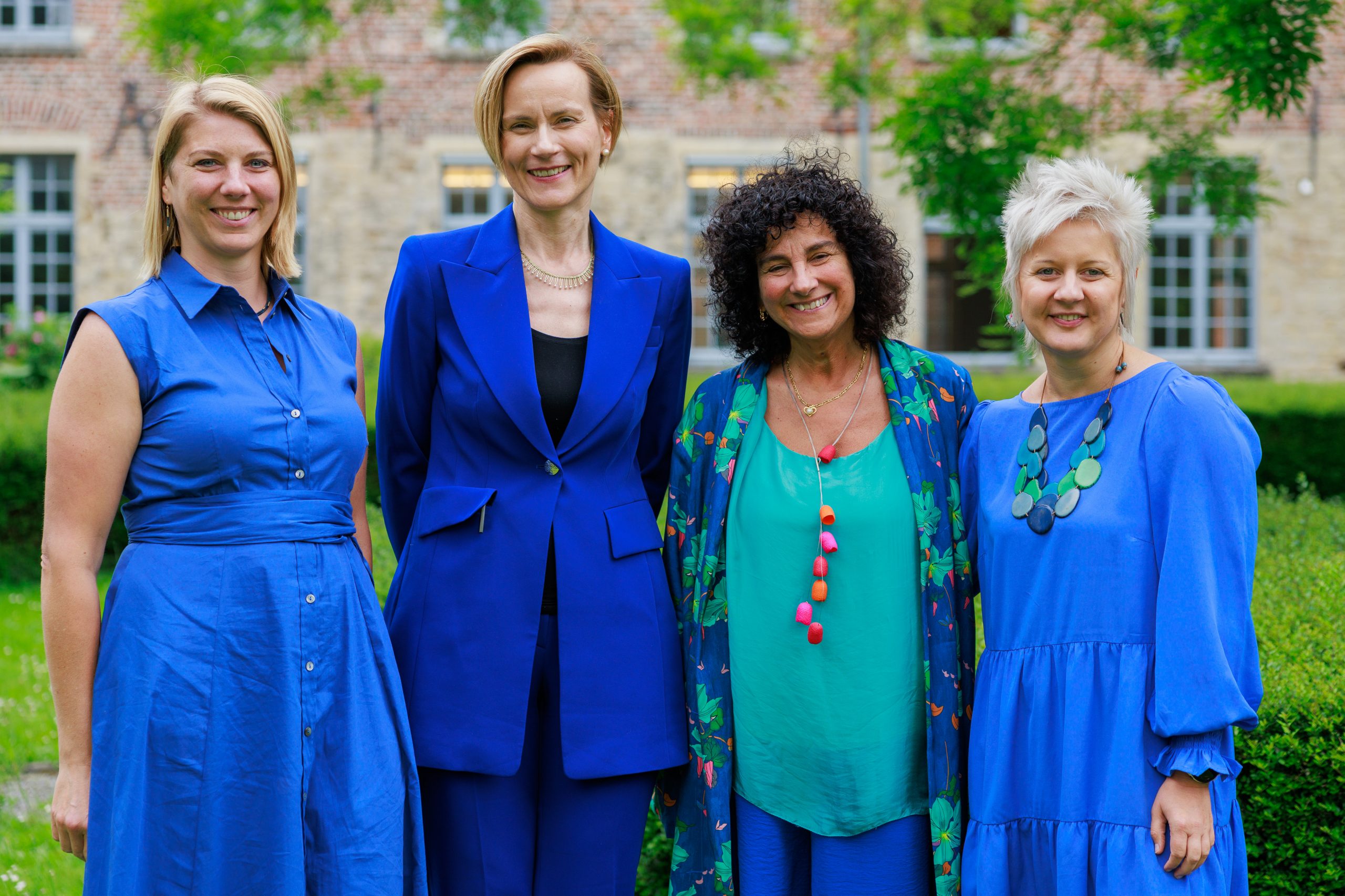
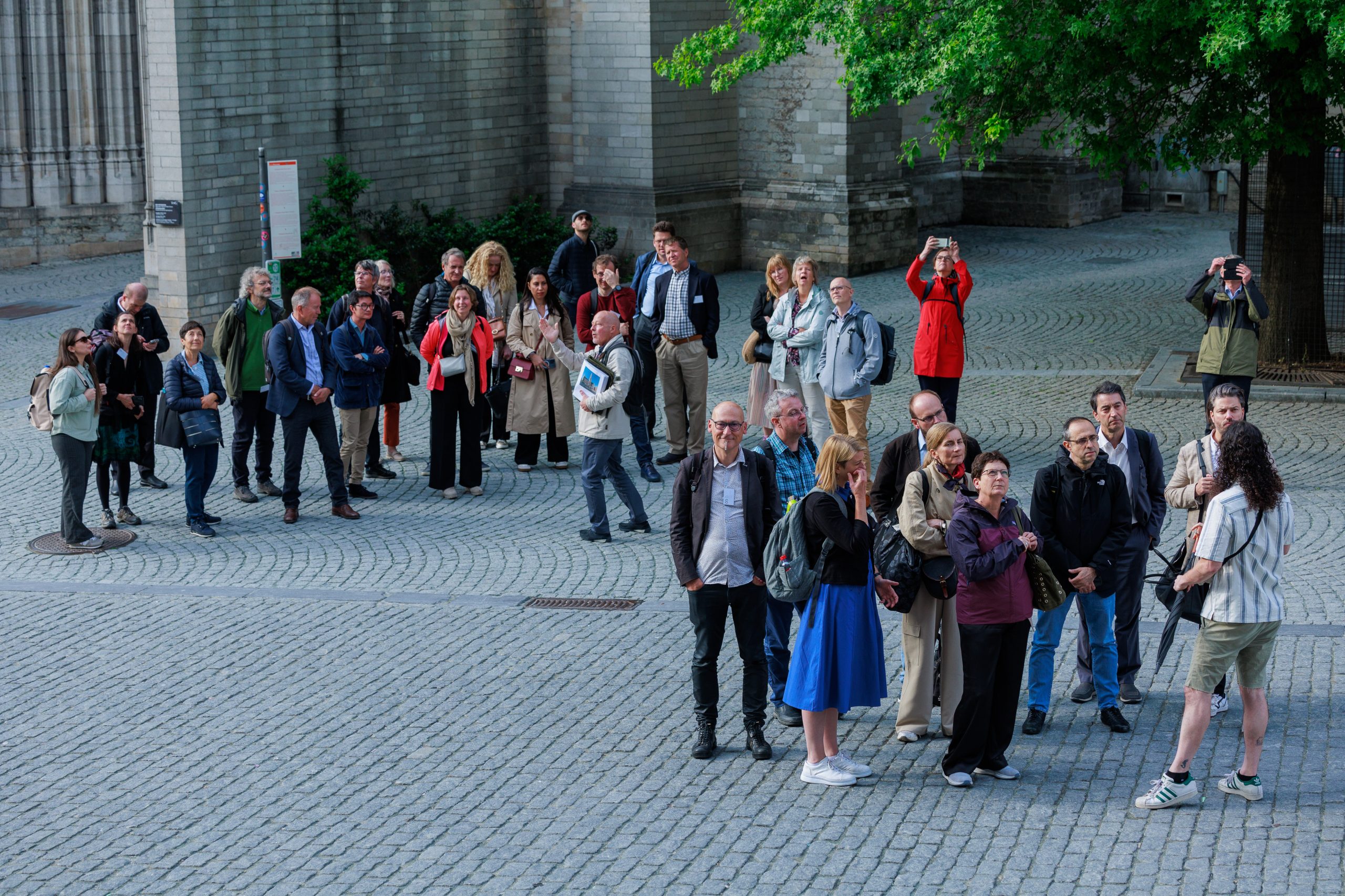

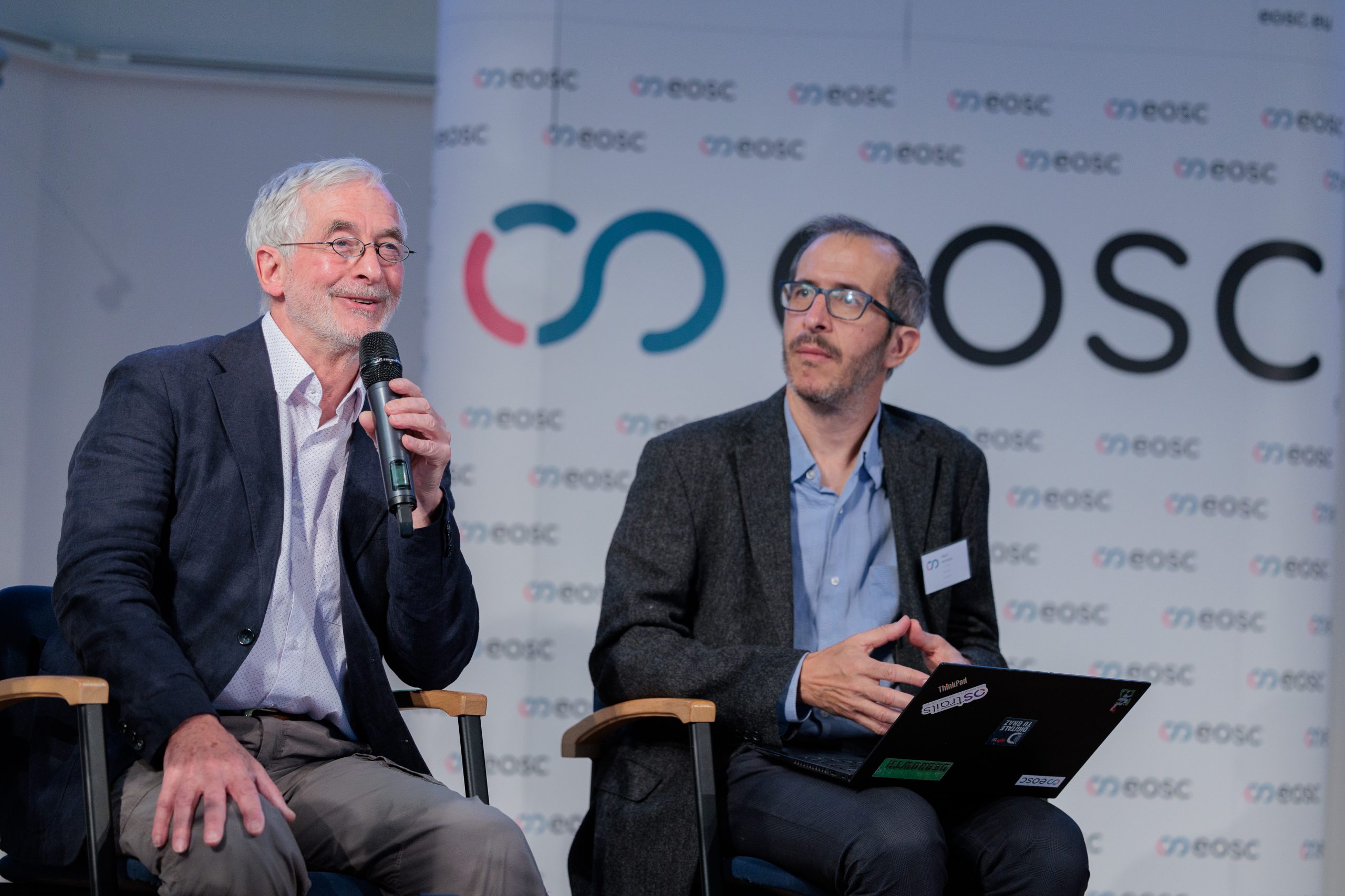
All photos by Christophe Licoppe
